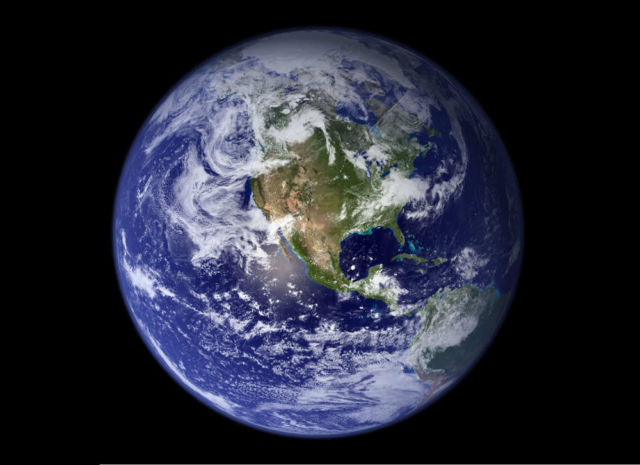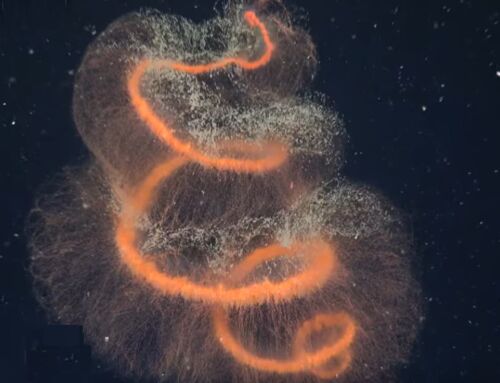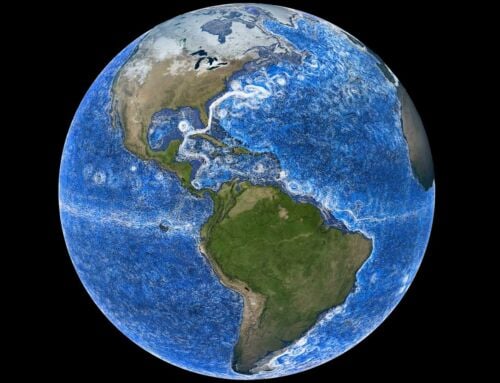The long-standing ‘Gaia puzzle’ over why conditions on Earth have remained stable enough for life to evolve over billions of years, has now a solution.
How the ‘Gaia puzzle’ might work has divided experts for decades, but a team led by scientists from the University of Exeter have proposed a solution.
The ‘Gaia’ hypothesis proposed that living things interacting with inorganic processes somehow keep the planet in a state where life can persist – despite threats such as a brightening sun, volcanoes and meteorite strikes.
Now scientists say stability could come from “sequential selection” in which situations where life destabilises the environment tend to be short-lived and result in further change until a stable situation emerges, which then tends to persist.
Once this happens, the system has more time to acquire further traits that help to stabilise and maintain it – a process known as “selection by survival alone”.
Professor Tim Lenton, of the University of Exeter, explains:
“We can now explain how the Earth has accumulated stabilising mechanisms over the past 3.5 billion years of life on the planet.
The central problem with the original Gaia hypothesis was that evolution via natural selection cannot explain how the whole planet came to have stabilising properties over geologic timescales.
Instead, we show that at least two simpler mechanisms work together to give our planet with life self-stabilising properties.”
source University of Exeter






Leave A Comment